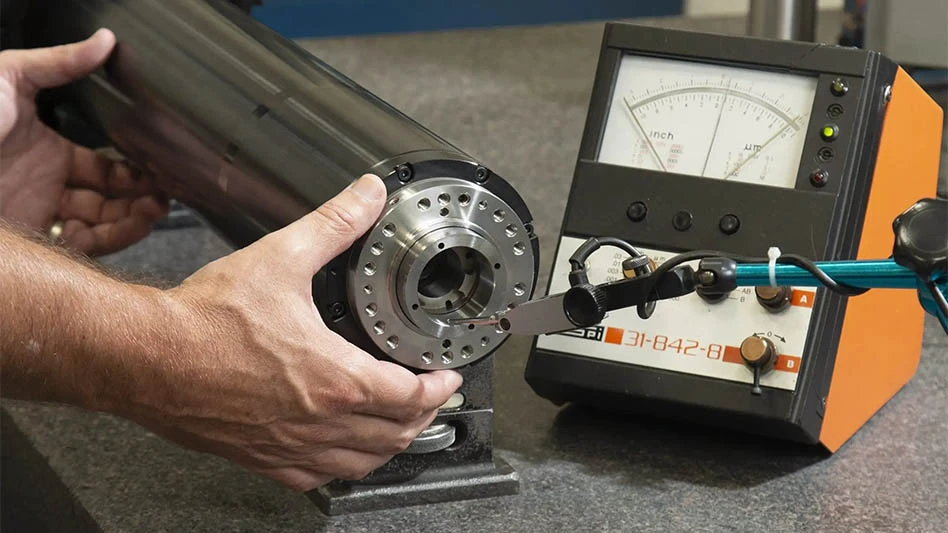
Aviation Partners Boeing (APB) officials announce that Tokyo-based Japan Airlines has ordered six Blended Winglet Systems (with options) for Boeing 767-300ER passenger aircraft. Already an operator of Next-Generation 737 Blended Winglets, this is the first JAL order for 767-300ER Blended Winglets.
"Blended Winglets will improve aerodynamic performance on Japan Airline's 767-300ERs, which helps achieve their company-wide commitment to reduce costs and greenhouse gases," says Troy Brekken, director of sales & marketing, Aviation Partners Boeing. "With Blended Winglets installed on their 767-300ERs, Japan Airlines will realize fuel savings of between 4% and 5%, as well as corresponding CO2 reductions for cleaner operations."
Blended Winglet technology installed on a Boeing 767-300ER/F can reduce fuel burn by up to 500,000 gallons per aircraft per year, while reducing carbon dioxide emissions by over 5,000 tons per year. Blended Winglets can also extend the range of a Boeing 767-300ER/F by as much as 320 nautical miles, or increase the payload of the aircraft by as much as 16,000 pounds.
Nearly 5,000 Blended Winglet Systems are now in service on Boeing 737s, 757s, and 767s with more than 200 airlines worldwide. Since certification in 2009, APB has taken orders (firm and options) for 485 Boeing 767-300ER/F Blended Winglet systems. APB estimates that Blended Winglets have saved airlines worldwide more than 3.6 billion gallons of jet fuel to-date.
Aviation Partners Boeing is a Seattle based joint venture of Aviation Partners, Inc. and The Boeing Company.
Latest from Aerospace Manufacturing and Design
- Qatar Airways orders up to 210 Boeing widebody jets
- Digital test indicator offers larger measuring ranges
- AviLease orders up to 30 Boeing 737 MAX jets
- 256-piece general maintenance tool kit
- JetZero all-wing airplane demonstrator achieves milestones
- Cermet indexable inserts for medium turning operations
- Trelleborg acquires Aero-Plastics
- Industrial automation products, enclosed encoders





